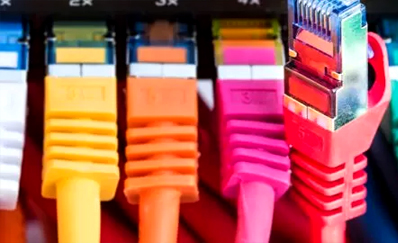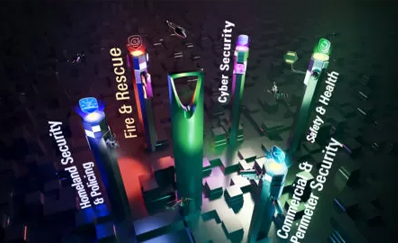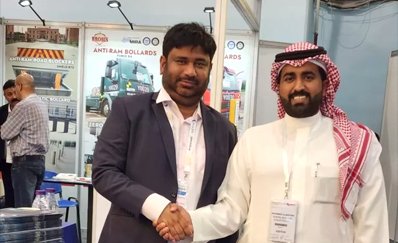
Structural cabling forms the backbone of modern network infrastructure, providing a reliable and organized system for data and voice communications. It involves the installation of standardized cables, connectors, and related hardware to create a robust network infrastructure that can support various applications and technologies. With structured cabling, businesses can enjoy enhanced network performance, improved scalability, simplified maintenance, and reduced downtime. It ensures efficient data transmission, minimizes signal interference, and allows for easy troubleshooting and future expansions. By implementing a structured cabling system, organizations can effectively meet their current and future communication needs while ensuring a high level of reliability and performance.
Benefits of Structured Cabling Systems
- Simplified Management: Structured cabling allows for easier management of network resources, reducing the complexity of maintenance and upgrades.
- Scalability: The system provides scalability, enabling seamless integration of new technologies and the expansion of network capabilities.
- Enhanced Performance: Structured cabling systems deliver consistent and reliable performance, ensuring high-speed data transmission.
Components of a Structured Cabling System
- Copper Cabling: Utilizes copper wiring for transmitting data within the system, known for its reliability and cost-effectiveness.
- Optical Fibers: Employs fiber optics for high-speed data transmission, capable of carrying large amounts of data over long distances.
- Networking Hardware Includes switches, routers, and patch panels that form the core of the structured cabling system, enabling seamless connectivity.
Installation Process of Structured Cabling
- Planning: Thorough planning is essential to determine the layout, cable paths, and equipment placement for optimal performance.
- Implementation: carrying out the installation process with precision, ensuring proper cable management and termination for each connection.
- Testing: Conduct comprehensive testing to verify the functionality and performance of the installed cabling infrastructure.
Future Trends in Structured Cabling
- Cloud Integration: Increasing integration of structured cabling with cloud-based services for seamless data management and storage.
- IoT Connectivity: Adapting cabling infrastructure to support the growing network of connected devices and IoT technologies.
- Advanced Applications: Supporting innovative applications such as 3D printing and virtual/augmented reality with robust network infrastructure.






